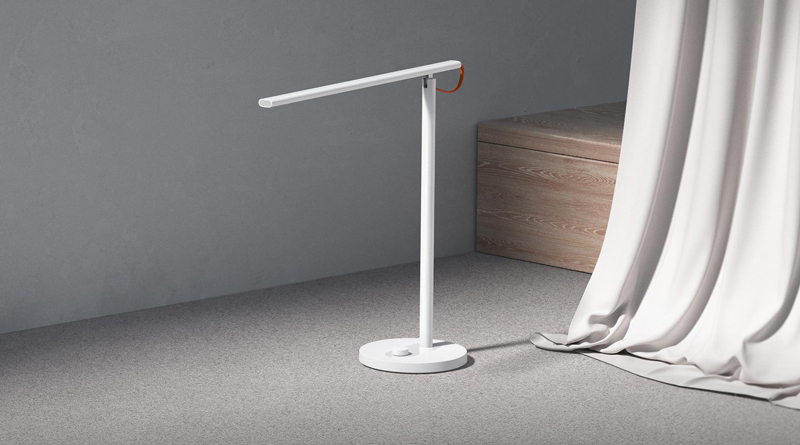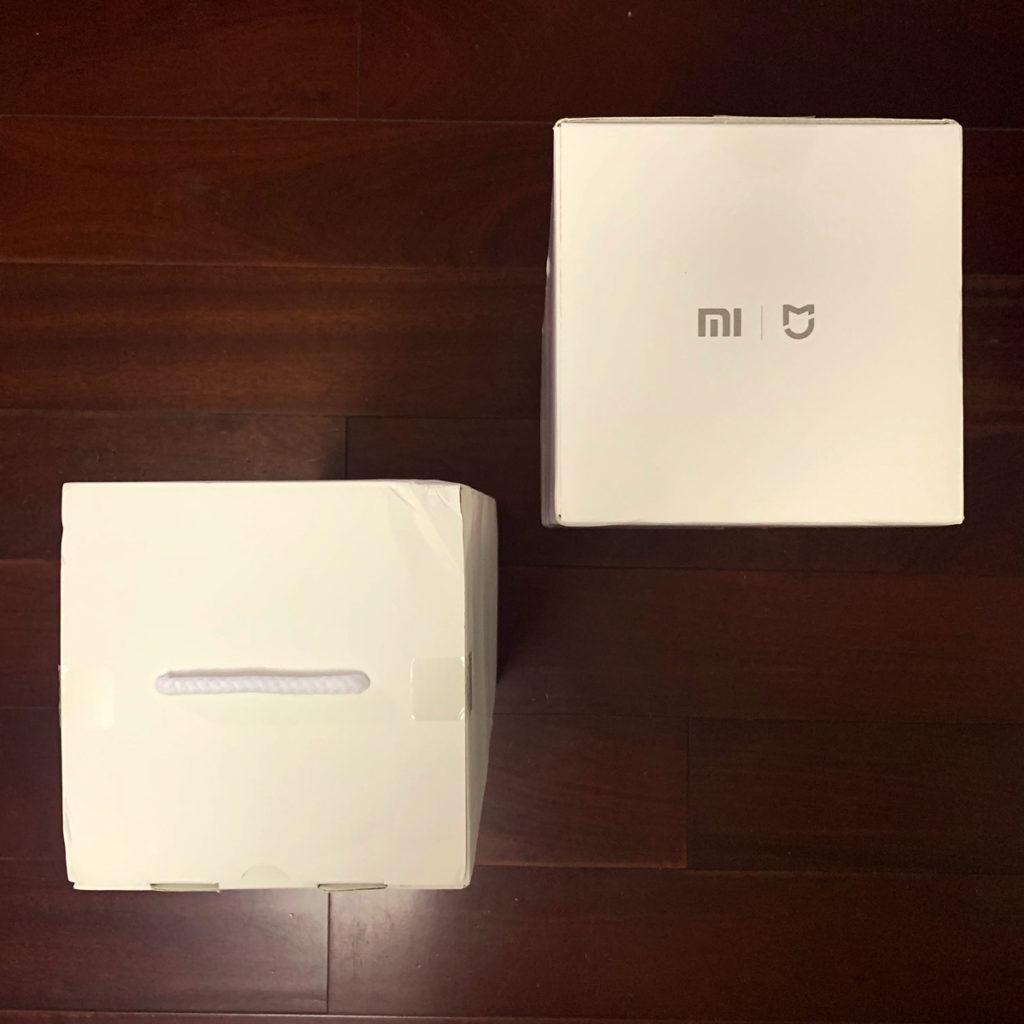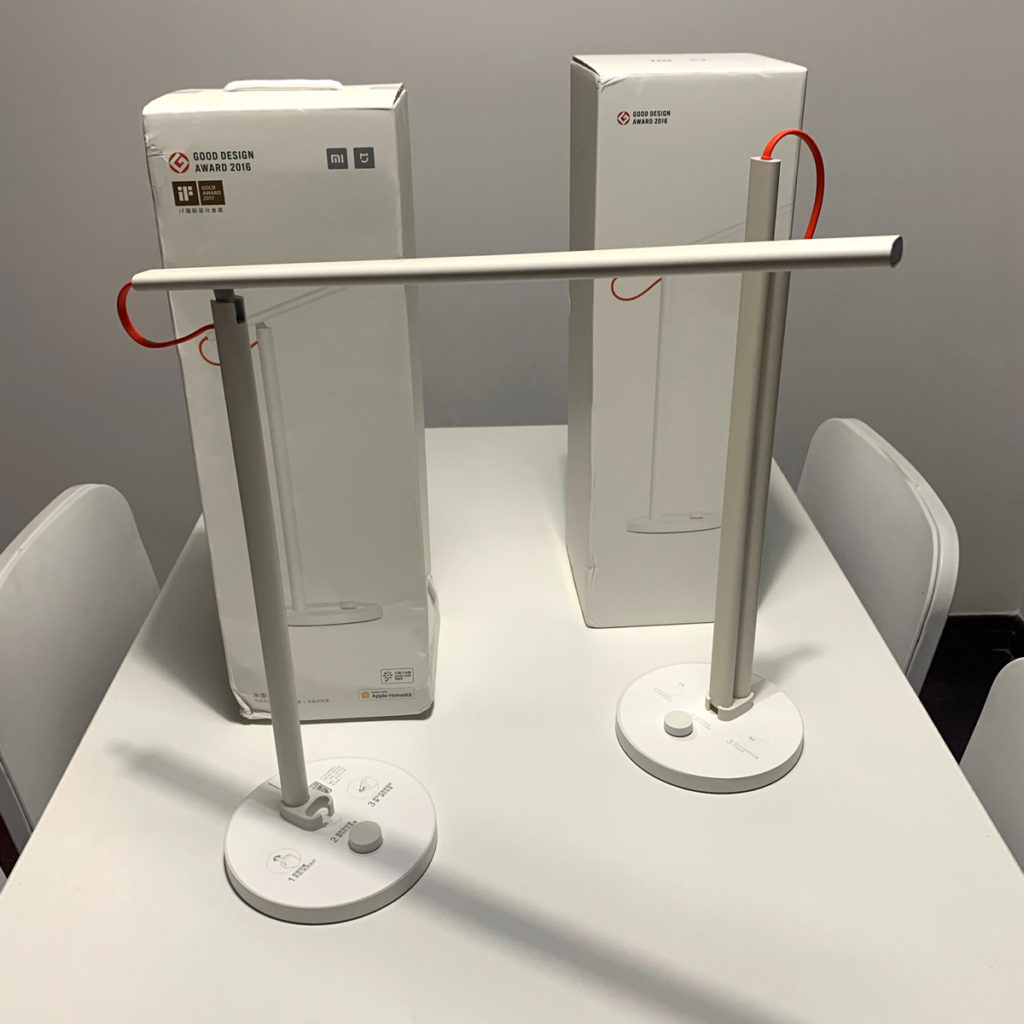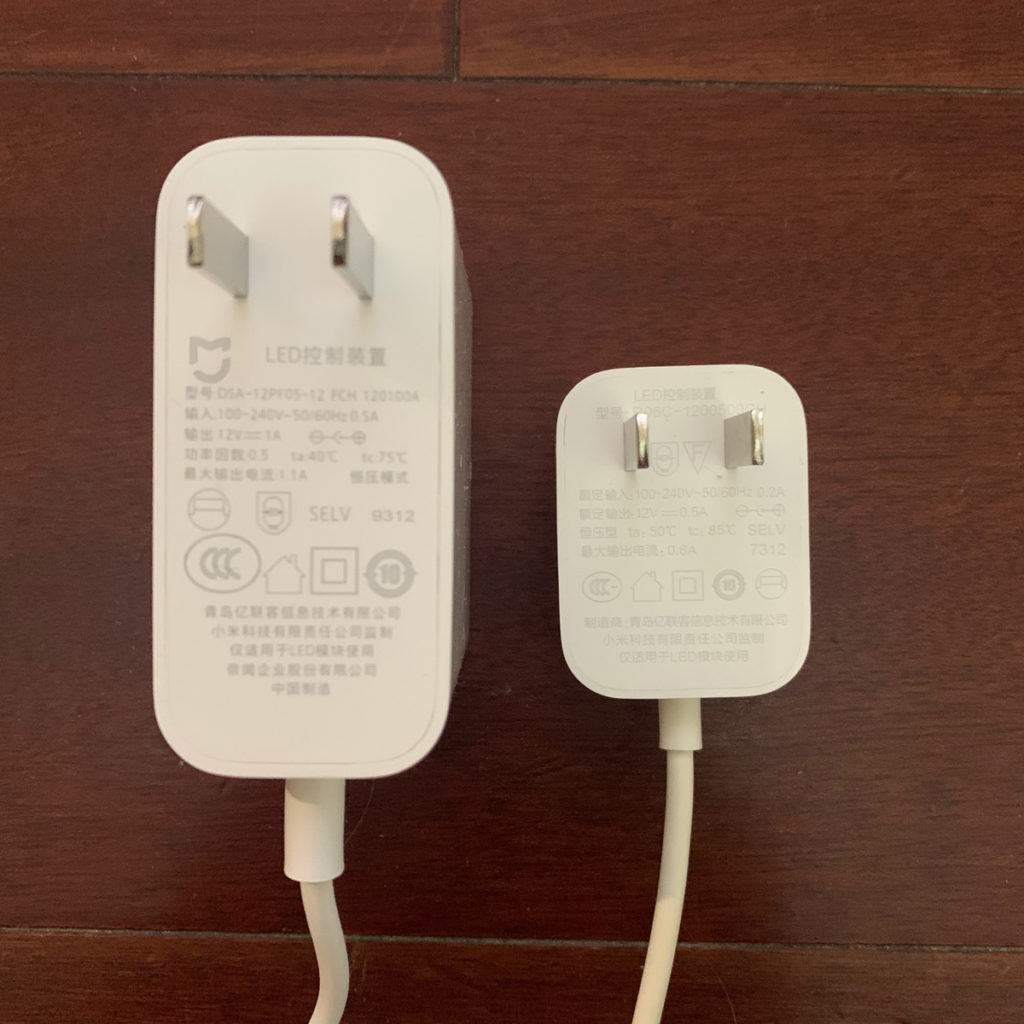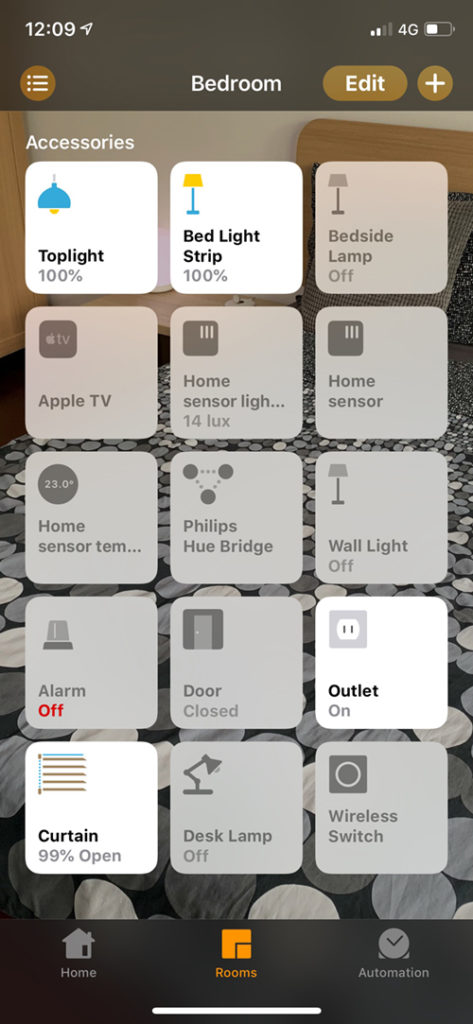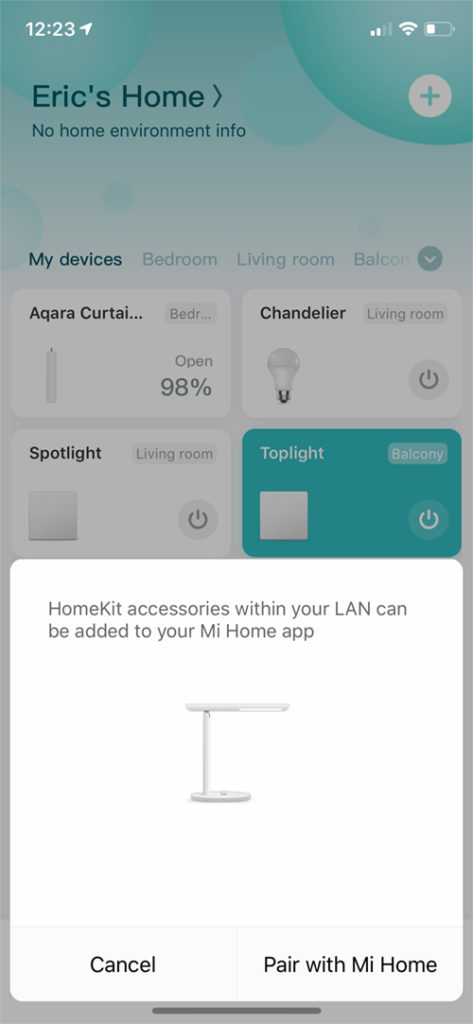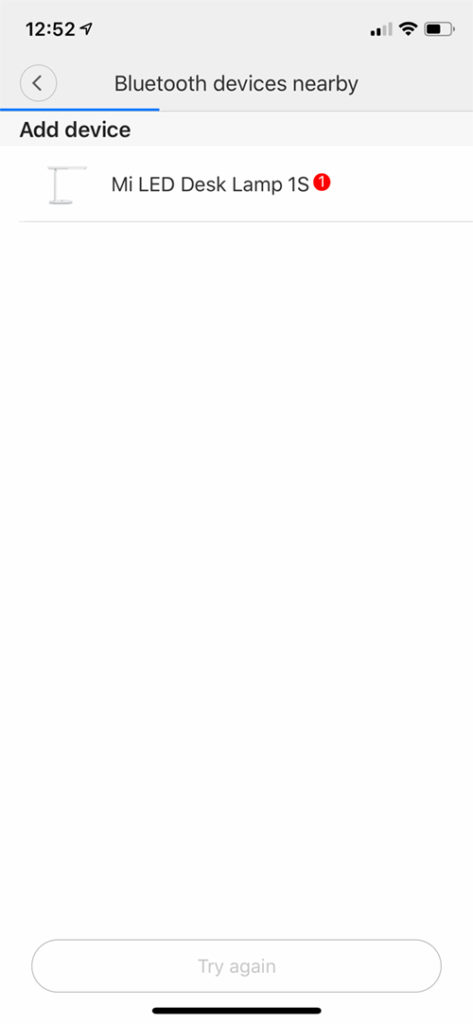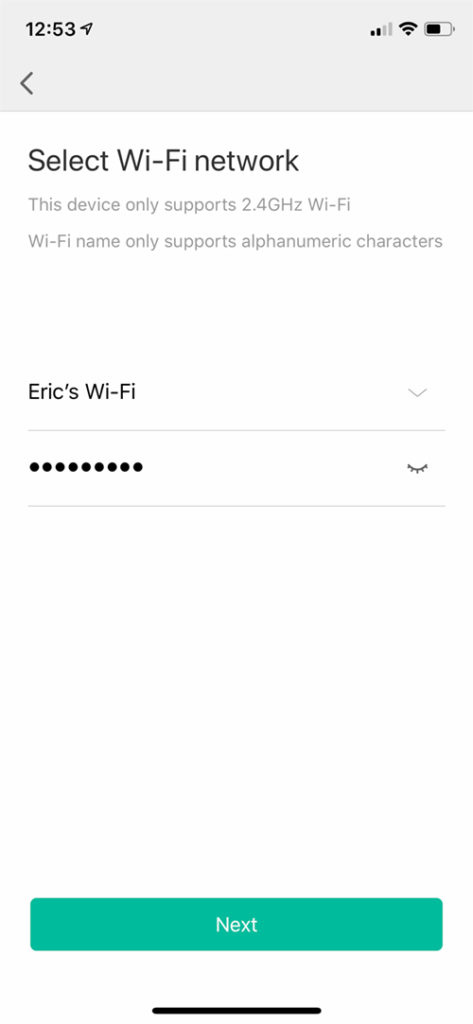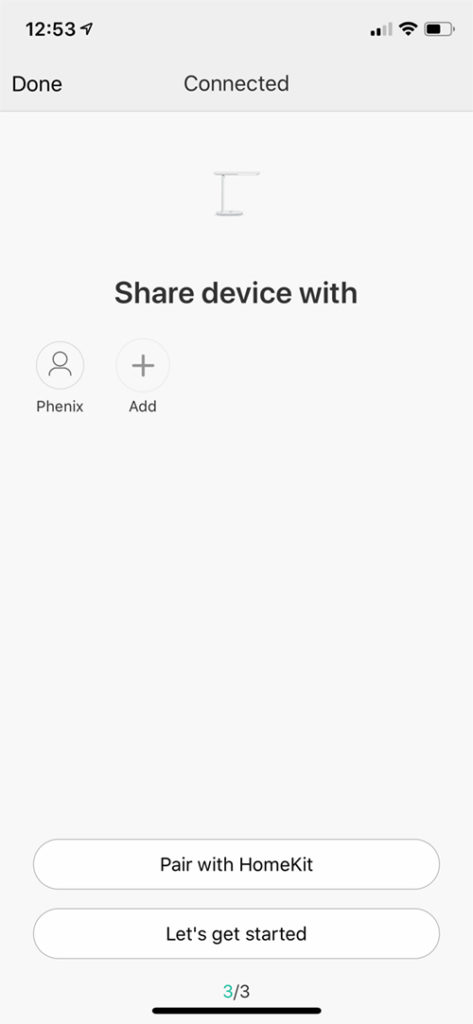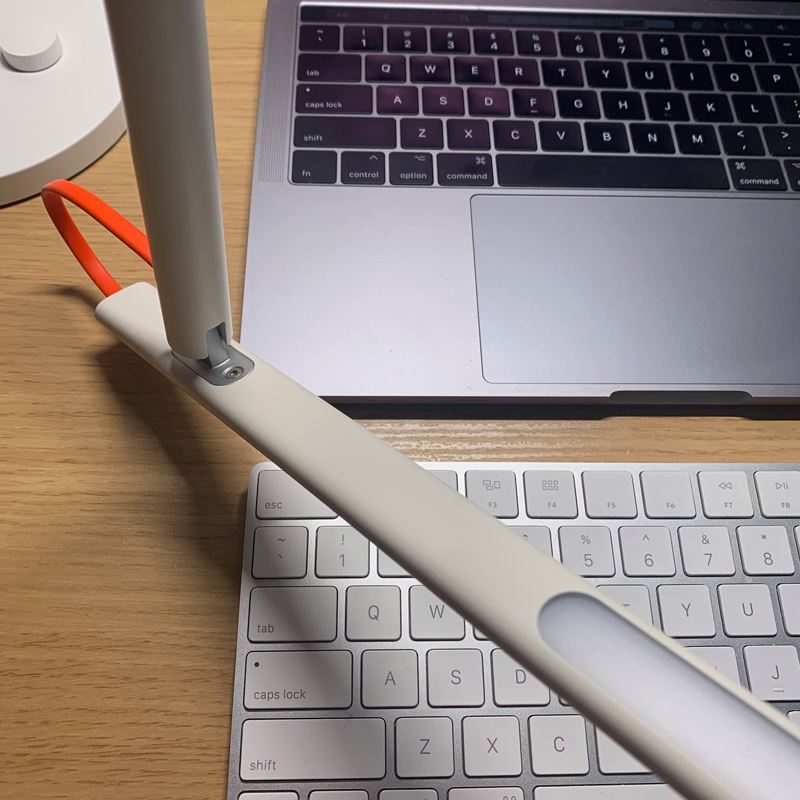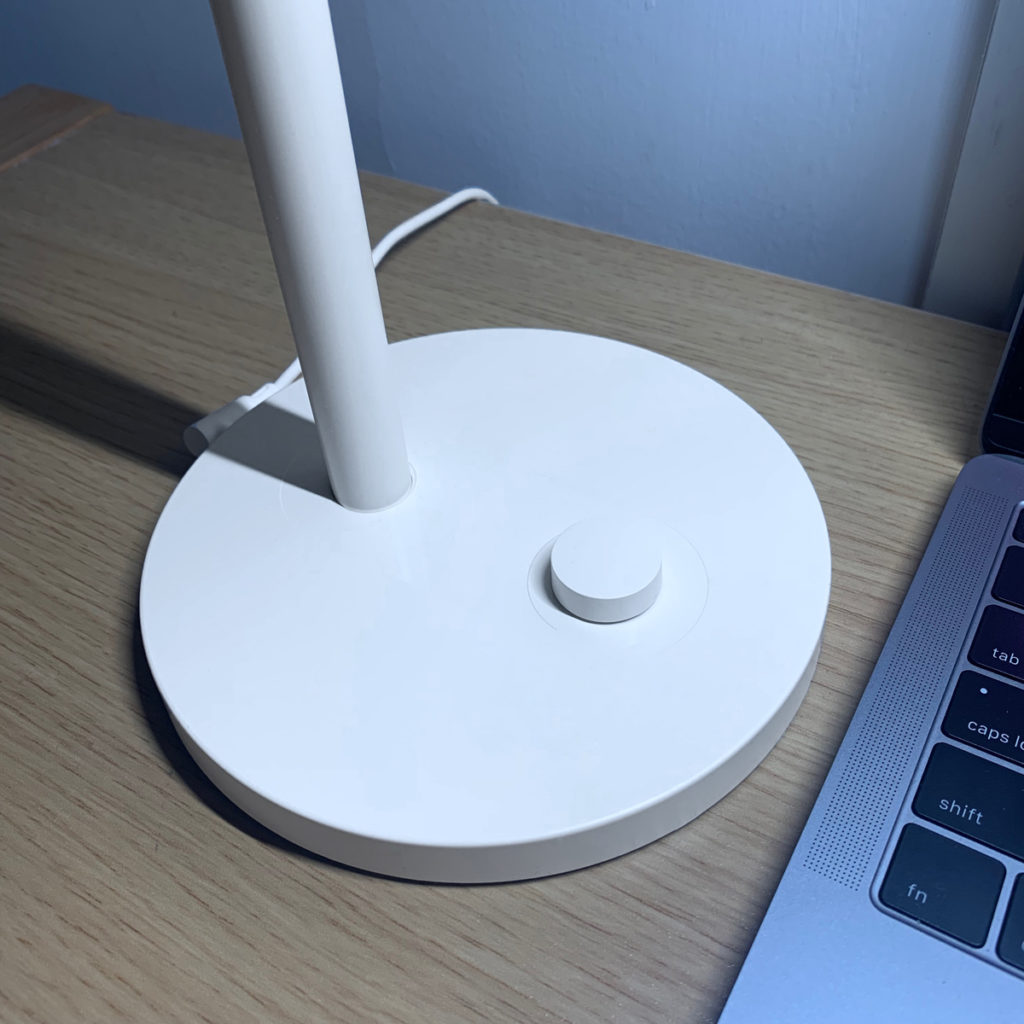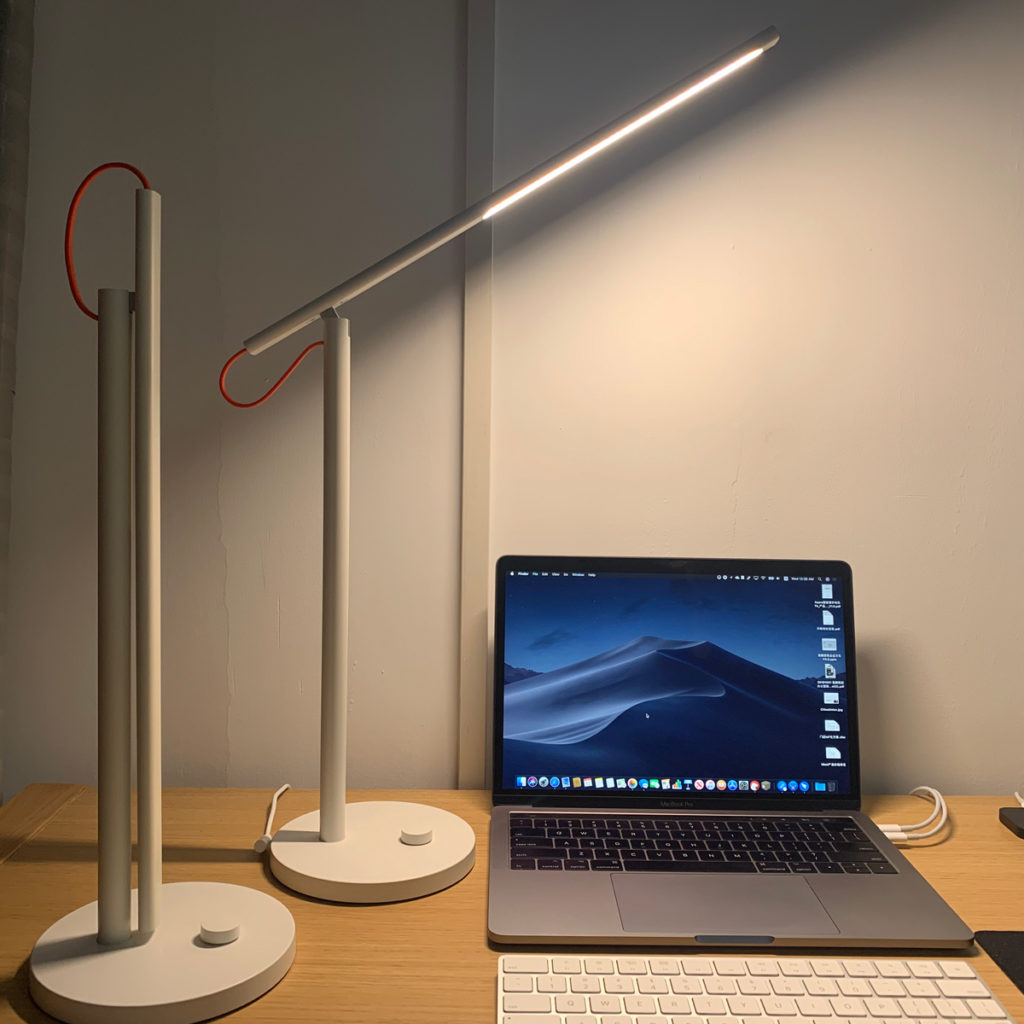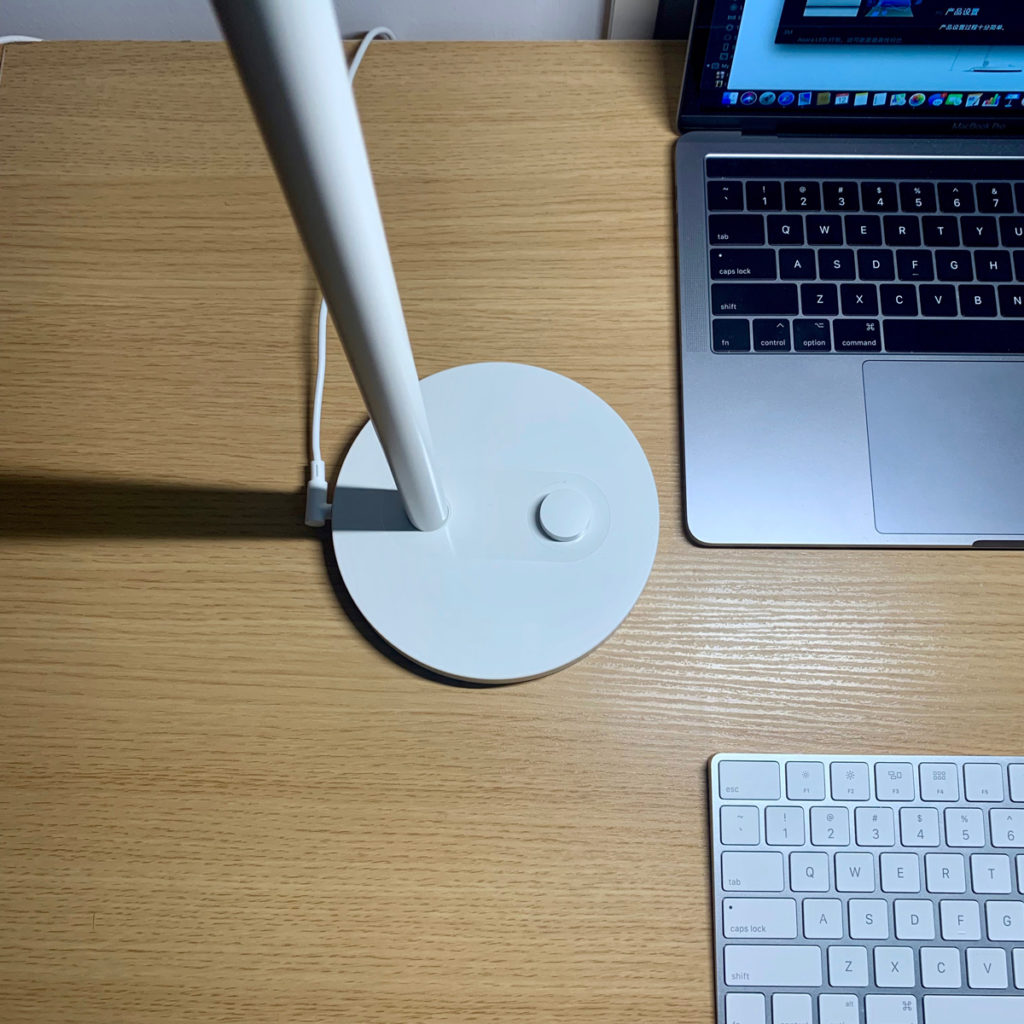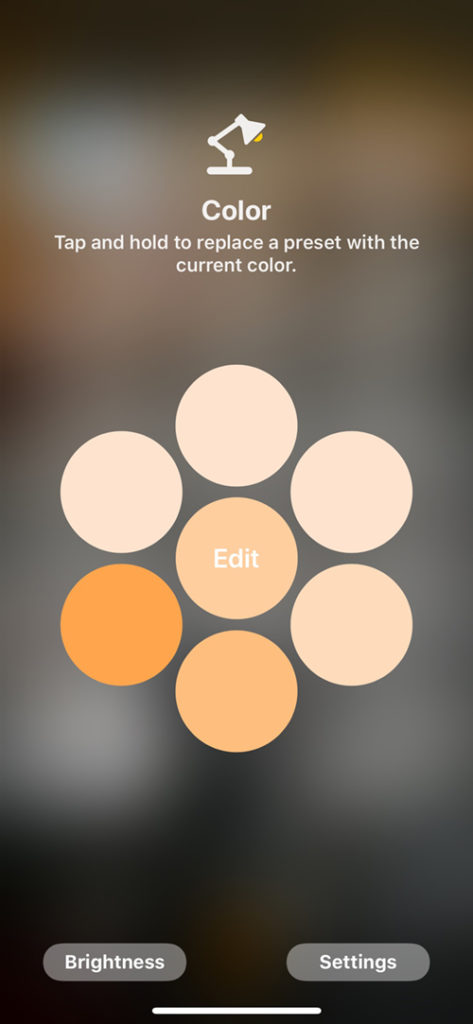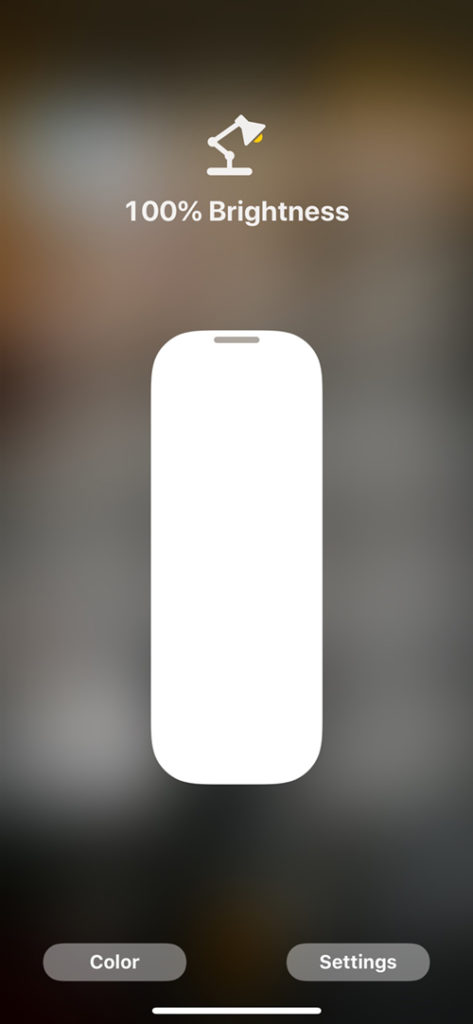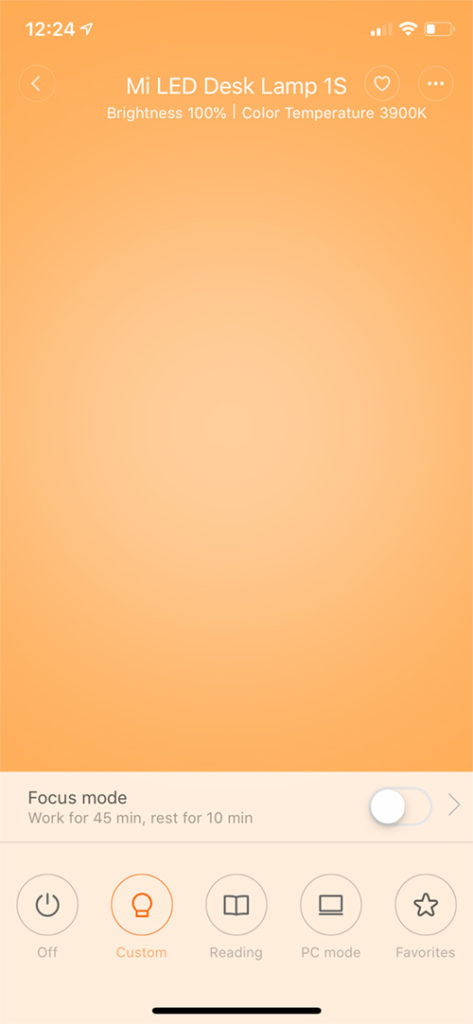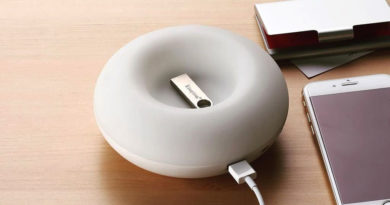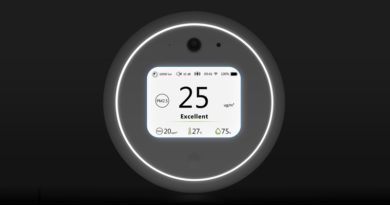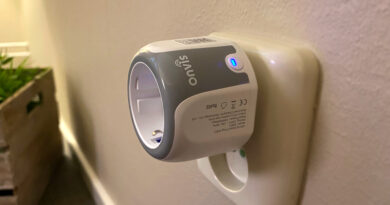Mi Desk Lamp 1S (review)
When it comes to the Mi Desk Lamp, there are already probably many consumers that are confused about the difference between the Mi Desk Lamp Pro, the Mi Desk Lamp, and now the Mi Desk Lamp 1S. To put it all in simple terms, the Mi Desk Lamp Pro has the ultra-high colour-temperature standards required by the Ra90 museum, including many respected medical establishments that require specific and accurate lighting, with 700lm, and of course support for Apple HomeKit and the Mi Home platforms. The Mi Desk Lamp 1S is the original Mi Desk Lamp design, but with HomeKit compatibility (520lm), and the Mi Desk Lamp, which is visually identical to the 1S, but without HomeKit (300lm). So with the Mi Desk Lamp 1S, you get a 73% bump in lumens compared to the original model. There are still a large number of the original version of the Mi Desk Lamps available, which have incidentally won a few design awards. I was a big fan of the original Mi Desk Lamp and always hoped that Mijia could one day upgrade the performance of this lamp by adding support for Apple HomeKit. Well, my wish came true, as Xiaomi launched an upgraded version, now simply called the Mi Desk lamp 1S. On the first day it became available in China, I placed an order on Xiaomi’s official website.
Chinese version available HERE
PACKAGING
For the new version of the packaging, the Mi Desk lamp 1S Shows the name (in Chinese), whereas the original never stated the product name. Additionally, you now get the ‘Works with HomeKit’ badge, along with the ‘Works with Mijia’ badge, as well as the ‘Mi’ and ‘Mijia’ logos. Finally, on the front, there are two design award logos – the 2016 Good Design award (also on the packaging for the older model), along with a 2017 IF Gold Award, so you can see the design has had some recognition.
Mi DESK LAMP 1S Vs. Mi DESK LAMP
Inside the box is the desk lamp itself. There’s a Quick Start Guide included on a circular piece of card that is loosely attached to the base of the lamp, which includes the required HomeKit QR code. The underside of the lamp base on the 1S also contains another copy of the QR code in the instance that you discard the quick start guide. As you can see in the image above, the two lamps look visually identical.
The Mi Desk lamp 1S is equipped with the same DSA-12PF05-12 LED control device as the Mi Desk Lamp Pro. The body is ever so slightly larger than 1 generation, and it has a 100-240V 50/60Hz wide-band input voltage along with 12V/1A power output to ensure the peak output for the desk lamp. The original power supply is roughly half the power. At the same time, the control unit can still supply a matching current. The barrel connector that fits into the base of the desk lamp has been changed, so the position has been upgraded to 90-degree connector, just like the Desk Lamp Pro, for easy placement on the desktop where space behind the lamp may not be sufficient.
SETUP AND INSTALLATION
The product setup process is very simple; First of all, power on the product. If you plan to set up on the iOS platform, just open the Apple Home app, scan the QR code, and follow the normal installation procedure of adding it to a room and choosing whether to make it a ‘favourite’.
Previously, for devices that worked with Mi Home and HomeKit, if you wanted them to work with both platforms, you needed to add them to Mi Home first, then add them to HomeKit after, from within the Mi Home app. That was a bug that has now been fixed, so if you add the device to HomeKit first, then open the Mi Home app, the lamp will automatically be discovered for you to pair with Mi Home, which also includes adding it to HomeKit, although you would have already set it up in homeKit in most cases.
- Click on the Pair with Mi Home button once the lamp has been discovered.
- ensure Bluetooth is on in your iPhone/iPad to begin initial pairing
- Enter your wifi details, and begin the process of adding to Mi Home.
- Once that’s done, you can begin using the lamp in both apps.
THE LAMP
Just like the original model, the Mi Desk Lamp 1S, uses a simple metal shaft design, with the company employing 10,000 fatigue tests to ensure the durability of the joint between the arm containing the LED light and the main stem.
the lamp employs a heat dissipation structure, that achieves a decent service life of 25,000 hours. As mentioned before, the luminous flux has increased from 300lm to 520lm in the previous generation, and the colour rendering index has increased from Ra83 to Ra90.
The control knob for the 1S is the same as the first generation; press the knob to turn on the table lamp, turn the knob to adjust the brightness of the table lamp, press and hold the button to adjust the colour temperature.
For contrast, you can see the difference between the Mi Desk Lamp Pro’s flexible and adjustable multijoint arm, compared to the 1S, which only supports adjustment of one axis. When the elevation angle for the 1S is too high, the light can easily cause glare, so low-level brightness is the only option if you need the lamp positioned in such a way. Since the adjustment angle is relatively simple, the weight of the chassis is much lighter than the Pro version, but no matter how you adjust the light angle, the desk lamp is still stable.
The new 90-degree corner power connector ensures that the cable is still neat and tidy when the desktop is placed.
Because the Mi Desk Lamp 1S supports both Home and Mi Home, you can control the light from either app and also with your voice, with Siri or even Xiaomi’s own smart assistant Xiao-Ai, which is built into a few of their devices.
CONCLUSION
The Mi Desk Lamp 1S update is a good solution to the lack of HomeKit in the first generation lamp. The upgrade of 520lm is more than enough to meet the needs of a typical desk lamp, even if the Desk Lamp Pro is brighter. Inheriting the appearance of the 1st generation lamp, the official retail price of 179 yuan is only 10 yuan higher than the 1st generation, so it will be interesting to see if they discontinue the original model at some point. It has two ‘homes’, Apple Home and Mi Home, and is supported by these two large domestic smart home platforms very well. At the same time, support from both Siri and Xiao Ai voice assistants makes it even more practical as well as fun. Feel free to please leave your comments below as we’d like to hear your opinions too.

